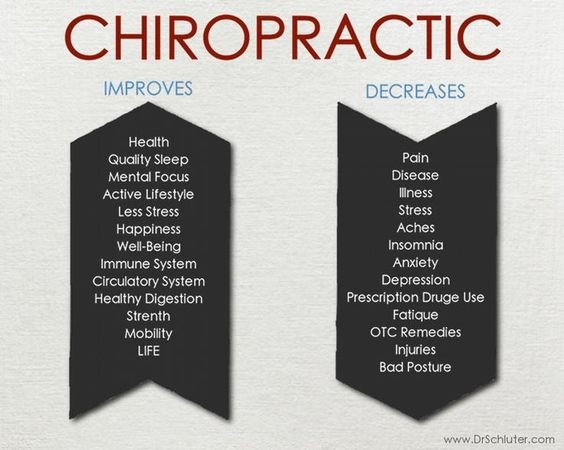Just How Does Cold Laser Treatment Use Light To Transform Recovery Procedures, And What Innovative Chances Exist For Discomfort Administration In The Future?
Just How Does Cold Laser Treatment Use Light To Transform Recovery Procedures, And What Innovative Chances Exist For Discomfort Administration In The Future?
Blog Article
Post By-Kent Munck
When considering alternative therapies, cold laser treatment stands apart as a result of its special method to healing. By utilizing details wavelengths of light, it targets cellular functions and promotes recovery in a non-invasive manner. This method not only boosts ATP production yet also help in minimizing swelling and pain. As research continues to unravel, the implications for recovery and pain management could be significant. What does laser therapy for healing scars for future treatment alternatives?
The Mechanisms of Cold Laser Therapy
Cold laser treatment, also referred to as low-level laser therapy (LLLT), works by promoting cellular function through the application of certain wavelengths of light.
When the laser light penetrates your skin, it connects with the mitochondria in your cells, raising ATP production. This boost in ATP invigorates your cells, advertising recovery and regrowth.
The light also influences cell membrane layers, improving their leaks in the structure and assisting in vitamins and mineral absorption while getting rid of toxins. In addition, cold laser therapy activates the launch of endorphins and minimizes inflammation, aiding your body respond better to injury.
You'll experience improved blood flow as the therapy promotes capillary growth, making certain that oxygen and nutrients get to broken cells extra efficiently.
Comprehending these mechanisms can assist you appreciate its possibility in advertising recovery.
Possible Benefits of Cold Laser Therapy
When considering options for discomfort alleviation and healing, you may discover cold laser treatment to be an appealing option. This non-invasive method can help reduce inflammation, reduce pain, and promote tissue fixing.
Many people report quicker recuperation times from injuries and surgeries after going through cold laser treatment. It's particularly valuable for problems like joint inflammation, tendonitis, and muscle mass strains.
You may additionally value that it has minimal negative effects compared to drugs. In addition, cold laser treatment can enhance blood circulation, which helps in providing nutrients and oxygen to harmed areas.
Current Research and Scientific Applications
As passion in cold laser therapy grows, researchers are exploring its various applications and effectiveness in professional setups. stamford weight management stamford ct 'll locate research studies investigating its role suffering administration, wound healing, and reducing swelling.
In physical treatment, specialists utilize cold laser treatment to improve recuperation in sporting activities injuries, while dental professionals are finding it valuable for treating oral discomfort and gum conditions. Continuous tests are examining its possibility in dealing with conditions like joint inflammation and neuropathy.
These research studies intend to develop standard procedures and does, ensuring safety and effectiveness. As more evidence arises, you might see cold laser treatment becoming a staple in both rehab and pain administration, offering clients a non-invasive choice that enhances traditional treatments.
Final thought
Finally, cold laser therapy provides an appealing method to recovery by taking advantage of particular wavelengths of light to improve cellular features and advertise recuperation. With picoway laser near me like boosted blood circulation, minimized swelling, and discomfort relief, it's becoming a beneficial alternative for different problems. As research remains to establish standard procedures, you can anticipate better acceptance of this non-invasive therapy in rehabilitation techniques and pain management strategies, making it a possible game-changer for several patients.
